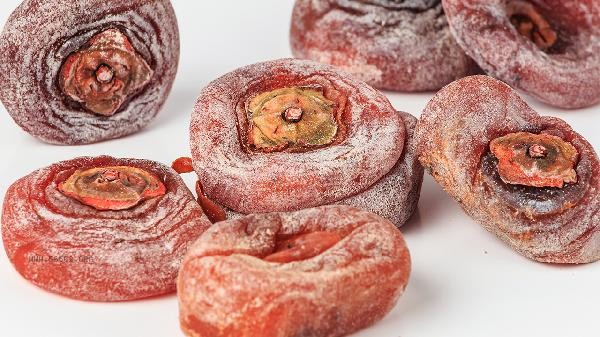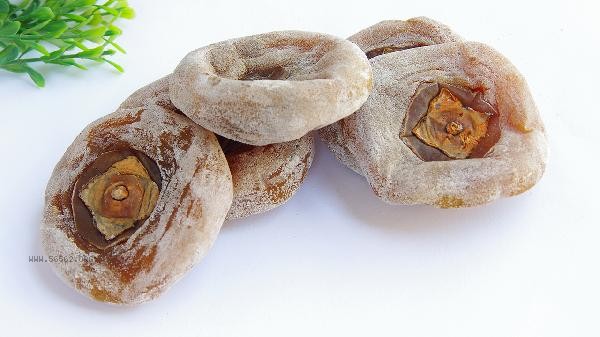Persimmon cakes can generally be eaten in February, but attention should be paid to storage conditions and consumption. After dehydration treatment, persimmon cakes have low moisture content and can be stored for a long time if stored properly in a dry and cool environment. If mold or odor occurs during storage, it is not recommended to consume. Persimmon cakes are easier to store in low-temperature and dry environments during winter. In February, if the room temperature is low and the packaging is intact, they usually do not spoil. When choosing persimmon cakes, it is important to observe whether there is a uniform distribution of white frosting on the surface. A soft and resilient texture is preferred. After opening, it is recommended to seal and refrigerate and consume as soon as possible to avoid moisture affecting the taste. Moderate consumption of persimmon cakes can supplement dietary fiber and minerals, but high sugar content requires control of intake. Improper storage of persimmon cakes may result in mold or spoilage, which can produce harmful substances. If black spots, stringy texture, or alcohol odor are found on the surface of persimmon cakes, they should be immediately stopped from consumption. People with weak gastrointestinal function who consume large amounts of partially astringent persimmon cakes on an empty stomach may combine with stomach acid to form hard lumps. It is recommended to consume them in portions with other foods.

Daily consumption of persimmon can be matched with nut food to balance nutrition, but diabetes patients need to carefully control the amount. It is recommended to purchase products with packaging labels through legitimate channels, and pay attention to checking the production date and shelf life. Maintain a balanced diet structure by supplementing persimmon cakes as snacks in moderation to avoid nutritional imbalances caused by substituting for regular meals.









Comments (0)
Leave a Comment
No comments yet
Be the first to share your thoughts!